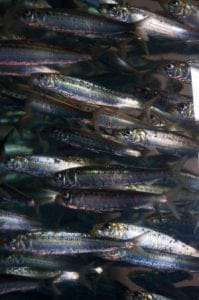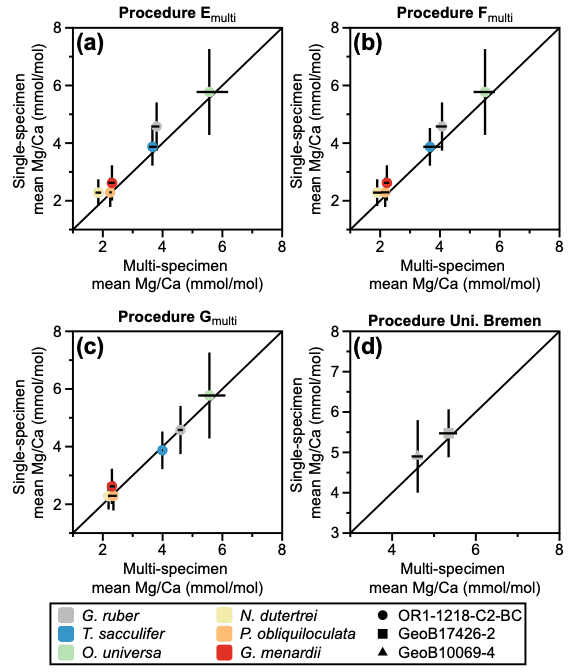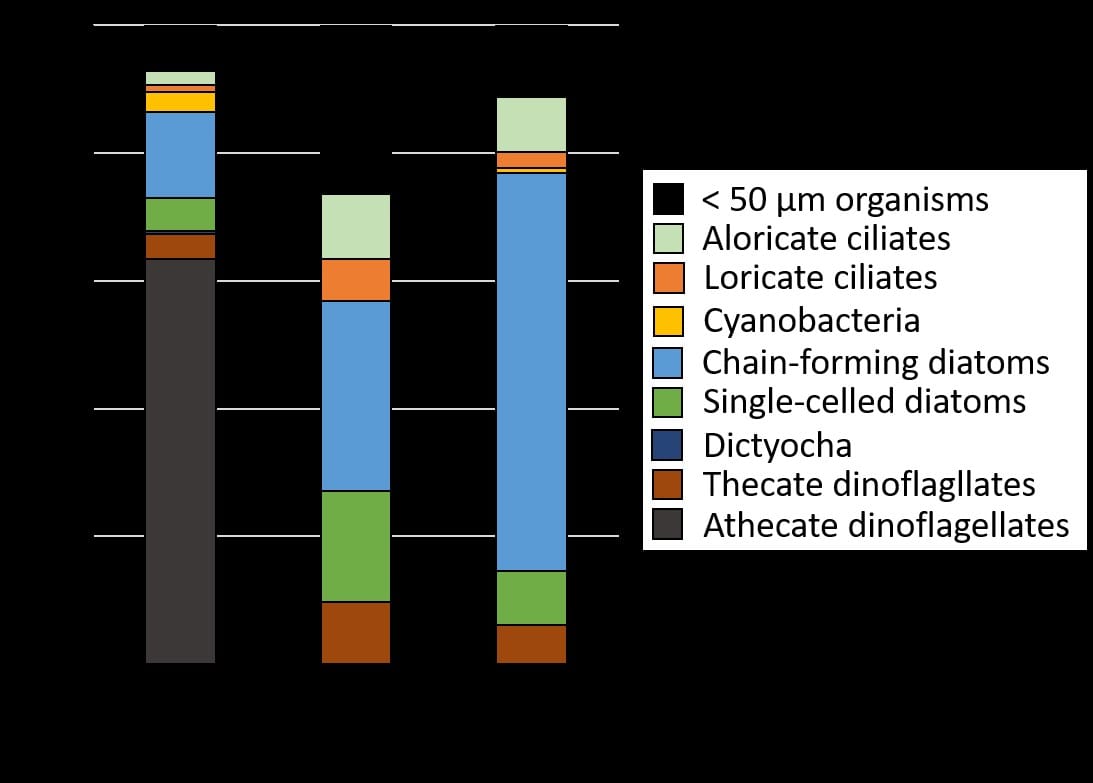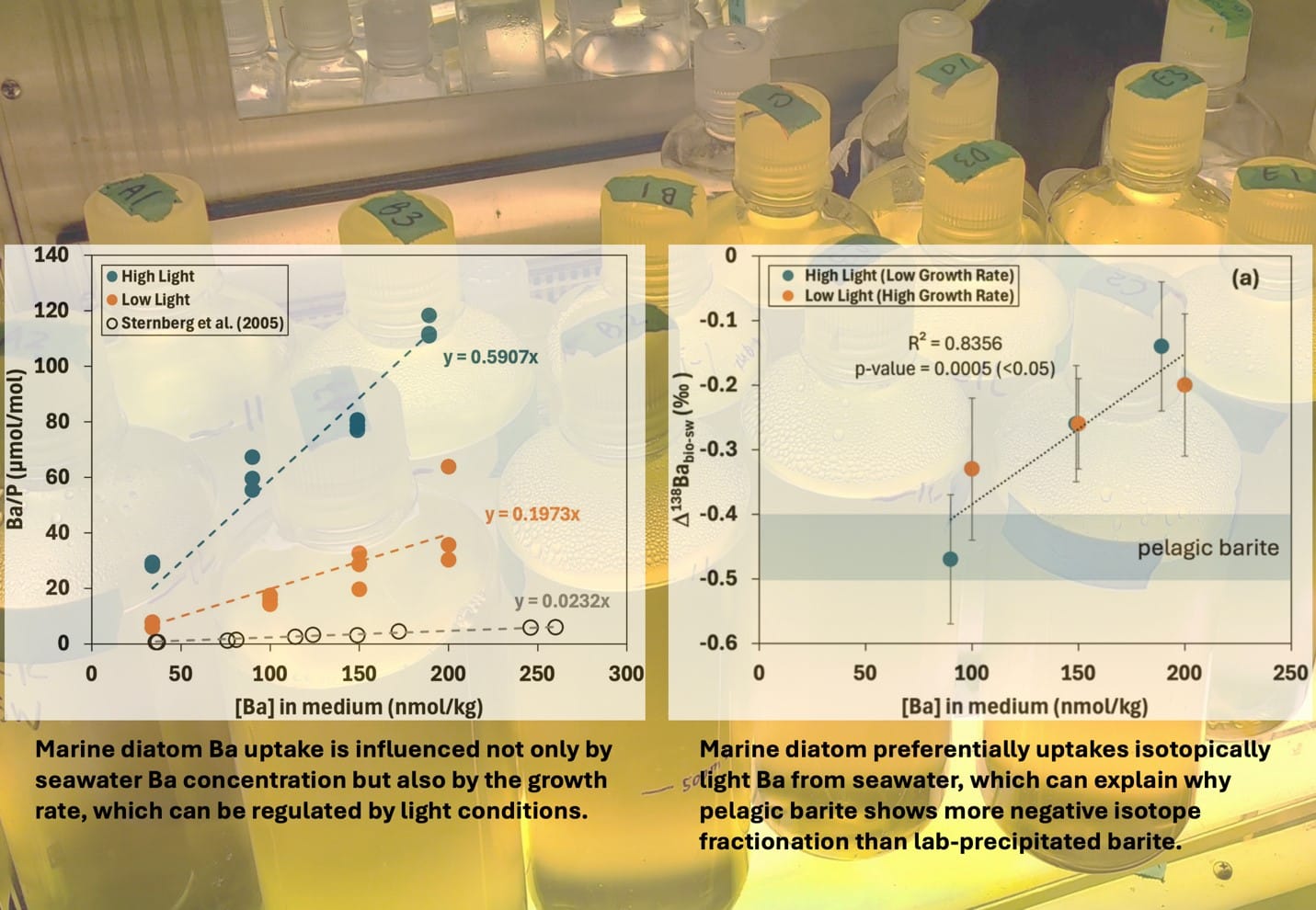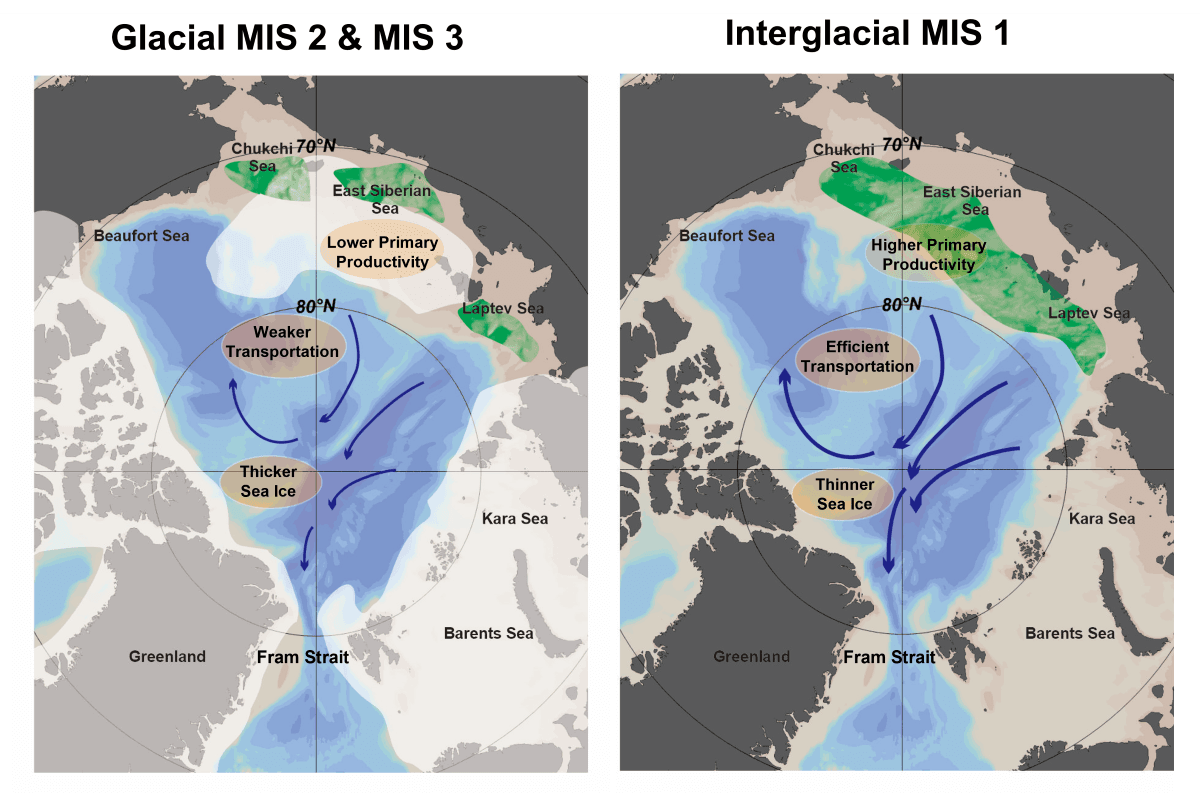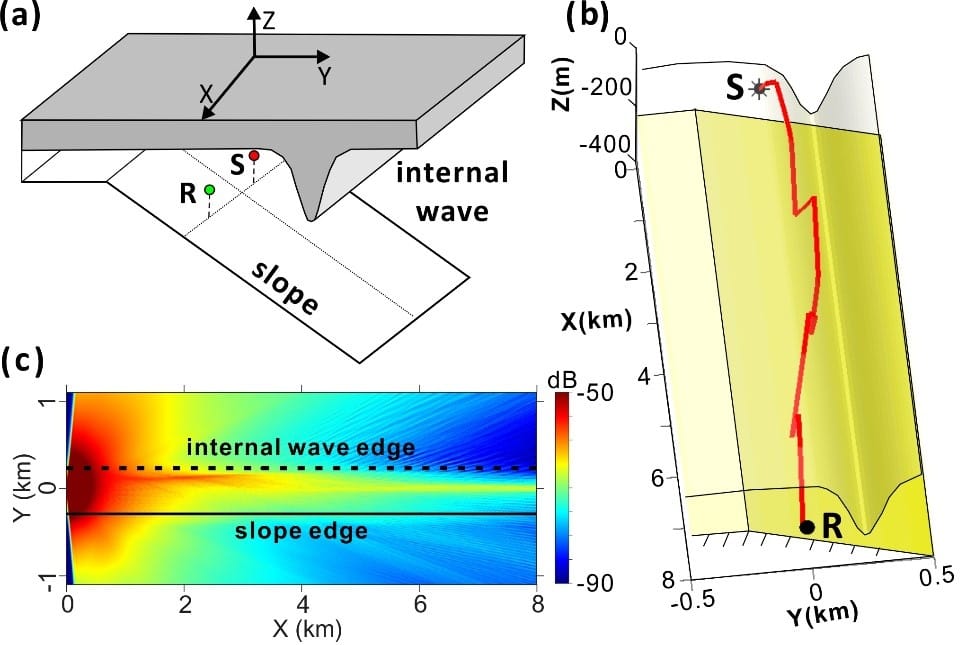海洋研究所暨生態研究所的謝志豪副 教授和他的國際合作團隊,以太平洋沙丁魚為研究材料,研發出一種新的分析方法,可以預測漁撈、氣候與生態系統條件等非線性因子的交互作用對魚群數量的影 響。此研究成果發表在國際學術期刊Proceedings of the National Academy of Sciences (4/17/2013)。Associate Professor, Chih-hao Hsieh, from the Institute of Oceanography/Institute of Ecology and Evolutionary Biology, together with an international research team develops a method that helps examine nonlinear climate impacts on Pacific sardines. This study, published in Proceedings of the National Academy of Sciences (4/17/2013), provides a new solution to forecast how fishing, climate changes, and ecosystem condition can work in concert to affect the abundance of fish stock.
In the early 1940s, California fishermen caught a great amount of sardine at a time that set the backdrop for John Steinbeck’s “Cannery Row” novel. But by the end of the decade, the nets came up empty and the fishery collapsed. Where did fish all go? According to a new study led by the team, the forces behind the sardine mystery are a dynamic and interconnected moving target.
The need to understand synergistic effects of fishing and climate on fish populations is a pressing concern for fisheries management. Nevertheless, even with substantial investment in effort and money, the answer remains elusive. The team argues that problems lie in seeking answers one factor at a time, as scientists have done for decades. What is the impact of climate on sardines? What is the effect of overfishing on sardines? Focusing on single variables in isolation can lead to misguided conclusions. For example, based on historical data, studies in the 1990s showed that higher temperatures are beneficial for sardine production. By 2010 new studies proved that the temperature correlation was instead a misleading, or “mirage,” determination. “Mirages” are associations among variables that spontaneously come and go or even switch sign, positive or negative. That is, simple correlation or model fitting analyses cannot provide reliable answer to the sardine fisheries problems. In fact, the temperature can have positive or negative effects on the sardine population, depending on the conditions of the population and species interactions.
Using the novel method developed by the team, the researchers argue that climate, human actions, and ecosystem fluctuations combine to influence sardine and other species populations, and therefore such factors should not be evaluated independently. Such methods avoid the mirage issue by seeking evidence from dynamic linkages between factors, rather than one-to-one statistical correlations. Such novel methods provide a framework to investigate nonlinear multiplicative effects of fishing, climate, ecosystem conditions, and species interactions on the fluctuation of target stock.
1940年代初期,加州地區的沙丁魚漁獲極為豐富,甚至成為史坦貝克小說“Cannery Row” 的故事背景,但在40年代後期漁獲量急遽驟減,沙丁漁業一夕崩毀,沒有人知道魚群究竟到哪去了?謝教授的研究團隊開發出一種新的研究方法,得以解開這個沙 丁魚謎團,他們發現魚群之所以消失是受到一系列多重因子非線性交互作用的影響。
漁業經營管理的當務之急是要了解漁業與氣候的交互作用如何影響魚群數量,過去儘管投入大筆研究經費,卻無法找到確切答案。謝志豪教授與其研究團隊認 為,這個問題之所以幾十年來一直懸而未決,是因為過去的科學家都分別研究漁業或氣候等單一變數對魚群增減影響,這產生了很大的盲點,例如1990年代的研 究表示海洋溫度上升有助於沙丁魚群的快速成長,但2010年的最新研究卻發現溫度並非影響魚群數量的主要因素,之前的研究推論其實是誤解,或是斷章取義的 片面解釋。這是因為各變數間的關聯,會自發性的出現或消失,而且有時會造成正面的效應,有時則是負面的。也就是說,由於影響沙丁魚族群的因子甚多,因此沙 丁魚漁業的問題不能由單純的相關分析或模型吻合分析來解答。事實上,溫度對沙丁魚族群的影響可以是正面的,也可以是負面的,這取決於魚群當時的條件和物種 間的交互作用。
運用這項新方法,研究團隊發現沙丁魚的族群變化受到漁撈、氣候與生態系統變動等因素的共同影響,因此不應以單一因素來推論其和族群消長的關係。這項 新方法,因為著重在各個因子間的動態連結,而不是看兩兩相比的統計相關性,因此不會產生上述片面解釋的問題,可作為研究魚群數量變動的架構,探討漁撈、氣 候、生態系與物種間交互作用對任一魚群的影響。
Reference
“Predicting climate effects on Pacific sardine” Proceedings of the National Academy of Sciences, USA, April 17, 2013.
School of sardines (Credit: University of California – San Diego)
Chih-hao Hsieh
http://homepage.ntu.edu.tw/~complex/ecoinformatics_c.html

